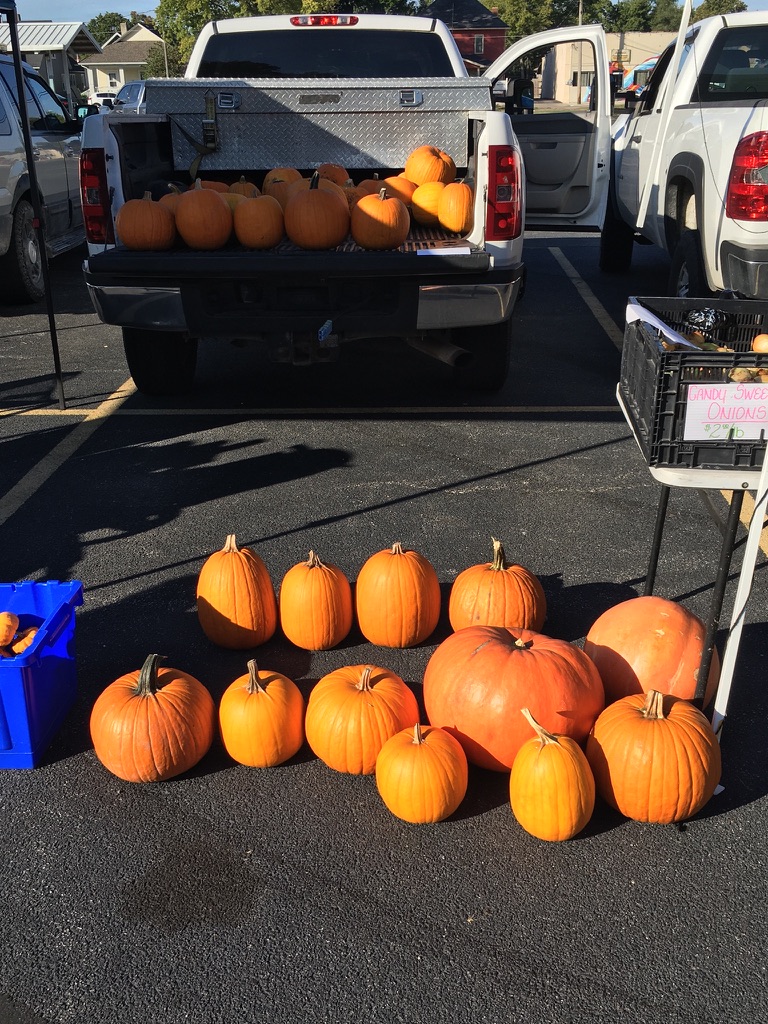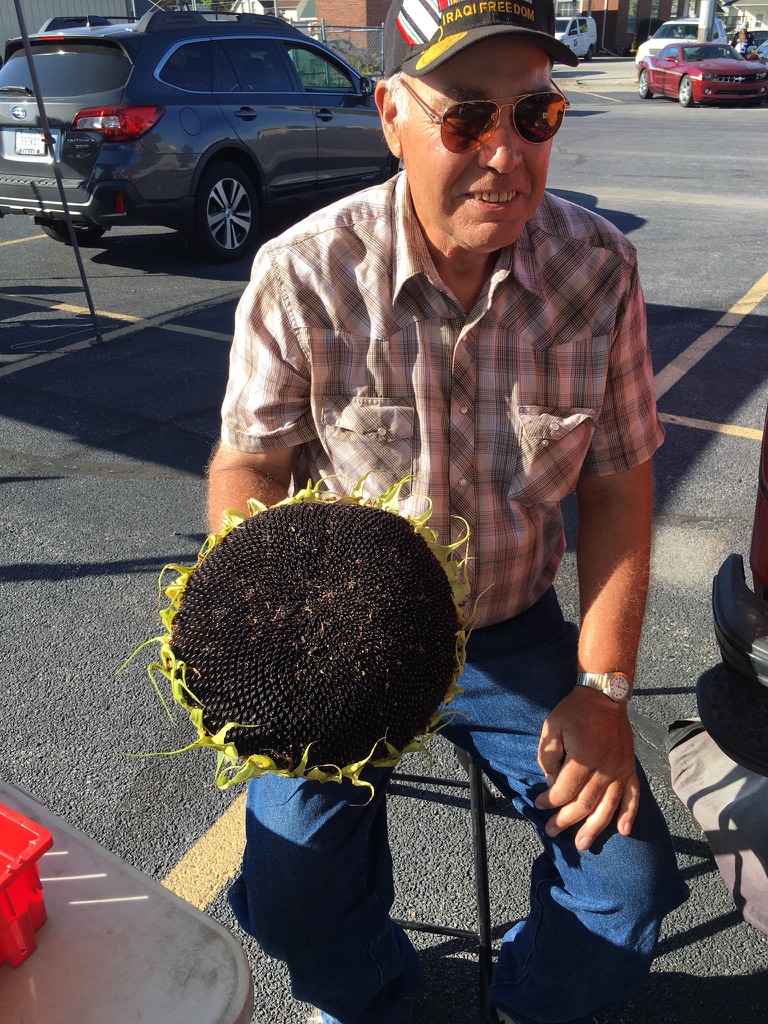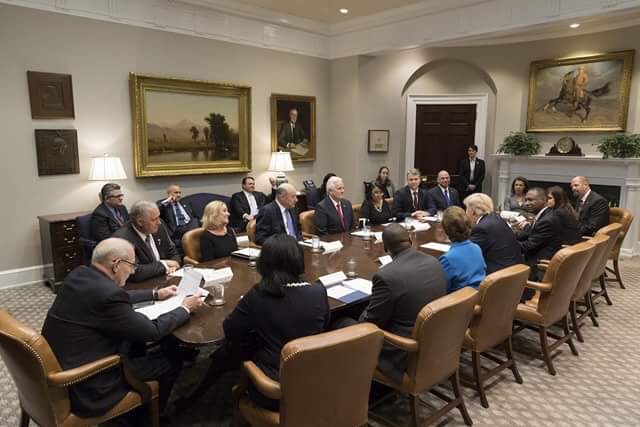The first visit was on Friday December 17, 1937 at the National Guard Armory where he brought the professional basketball team, the Cleveland Olympians to play the Peerless Athletics from Lafayette.
The second was on April 16, 1959 to address the annual Hi-Y (high school YMCA) banquet in the Fellowship Hall at the Methodist Church. My dad had invited Owens to speak. I attended the event along with many of my high school sophomore classmates.
There are two extraordinary athletic achievements by Owens that are still celebrated today.
On May 25, 1935, he set three world records and tied a fourth in a span of 45 minutes during the Big Ten meet at Ferry Field in Ann Arbor, Michigan.
At the 1936 Olympic games he won four gold medals in three individual events and as a member of the 4 by 100 relay team. This triumph has been memorialized in numerous films which celebrate a black American’s triumph in front of Hitler and his belief in the superiority of the Aryan race.
After the games, the entire Olympic team was invited to compete in Sweden. Owens decided to capitalize on his success by returning to the United States to take up some of the more lucrative endorsement offers. United States athletic officials were furious and withdrew his amateur status, which immediately ended his career.
Owens was angry and stated that “A fellow desires something for himself.” He argued that the racial discrimination he had faced throughout his athletic career, such as not being eligible for scholarships in college and therefore being unable to take classes between training and working to pay his way, meant he had to give up on amateur athletics in pursuit of financial gain elsewhere.
Owens struggled to find work and took on menial jobs as a gas station attendant, playground janitor, and manager of a dry cleaning firm and at times resorted to racing against motorbikes, cars, trucks and horses for a cash prize.
He was prohibited from making appearances at amateur sporting events to bolster his profile, and found commercial offers had all but disappeared. In 1937, he briefly toured with a twelve-piece jazz band and made appearances at baseball games and other events. Hence his trip to Rensselaer.
While in town he gave free autographs at the Rensselaer Republican’s news office. During halftime at the basketball game he put on a running exhibition. One youngster recalling the event years later said, “it was absolutely amazing, the speed Owens possessed.”
The Second Visit
Owens tried to make a living as a sports promoter, essentially an entertainer. “There was no television, no big advertising, no endorsements then. Not for a black man, anyway.”
Owens ran a dry cleaning business and worked as a gas station attendant to earn a living, but he eventually filed for bankruptcy. In 1966, he was successfully prosecuted for tax evasion.
At rock bottom, Republican President Dwight D. Eisenhower enlisted Owens as a goodwill ambassador in 1955 and sent him to India, the Philippines, and Malaya to promote physical exercise. He also promoted American freedom and economic opportunity in the developing world.
Rensselaer’s 1959 Hi-Y banquet celebrated the service club’s students’ role in the community. There were two groups, the seniors with dates and the junior Hi-Y members with their dads. The Rensselaer Republican’s account of Owens’ remarks is brief.
“Mr. Owens told many of his experiences then made a dramatic appeal to the young men of the Hi-Y organizations to assume positions of leadership in the community for which their Hi-Y work prepares them.”
Two Appearances, 22 Years Apart-Did They Matter?
Owens’ first appearance was as an entertainer trying to make a living in a segregated world cut off from the traditional sources of support for other Olympic athletes. A local family of three generations, the Bausmans, connects these two events.
Slim Bausman, the grandfather, was a successful high school coach who took his son “Dode” to see Owens run at a meet in Soldier Field in Chicago. Dode was an exceptional athlete who set the Rensselaer high school record in the 100 yard dash at 10.2 seconds that still stands today. And just one second slower than Owen’s world record of 9.2 seconds.
Dode and his son, Gordon, attended the 1959 banquet at which Owens spoke. Not as an entertainer, but as a representative of core American values and leadership. Rensselaer had no black families. The idea of civil rights and school de-segregation had no immediate resonance for this rural farming community. Rather he was there expressing the best of what America could be.
Did Owens’ visit in 1959 make a difference? Two years ago after another reunion, a classmate, Dale Garriott, sent an email asking if I recalled when Owens came to Rensselaer—and how my Dad had taken all of us to the dinner. Did I remember anything about the event?
At last week’s reunion I found the Republican news article and an earlier description of Owens’ first visit in Vintage Views, the publication of the Jasper County Historical Society. At our Saturday evening dinner I sat with Gordy Bausman who still lives in Rensselaer and confirmed his father’s track record—but admitted the time had been equaled by three later runners. He also recalled the Hi-Y banquet.
Examples of sports excellence and more broadly leadership success, can leave a lasting impression on upcoming generations, especially when the speaker comes from a big city, like Chicago, to a small town. It’s a special deal.
Another name stands out from the news article. He was a senior, who gave the invocation as the Chaplain for Hi-Y. and sung in the boys quartet that evening. Richard Scharf lettered in all three high school sports-football, basketball, and track. He was admitted to West Point, retired as a US Army colonel, completing 27 years of commissioned service. He earned a Master’s Degree in Civil Engineering and Economic Planning from Stanford University and was involved in architectural engineering and construction for 15 years.
In the an article on his later career, he announces his candidacy for a seat on the Dawson County Board of Commissioners, Georgia with this statement:
Scharf is also interested in the welfare of our next generation. “We need to ensure that we make provisions for the young people in the county,” he says, and asks, “How do we give them some options for the future?”
A native of Indiana, Scharf says that he grew up in a small rural community, the son of a college coach and athletic director and, while he’s not a farmer, he “understands the rigors of those who provide for the rest of us.”
As a board member, I will be an active and focused team player, able to add an experienced rational outlook on the infrastructure challenges we are facing and help the board remain focused on the community’s future. My goal is to do the right things to achieve long-term community viability.
An example of a leader’s ongoing contributions that Owens had spoken to, formed by his Rensselaer experiences.








